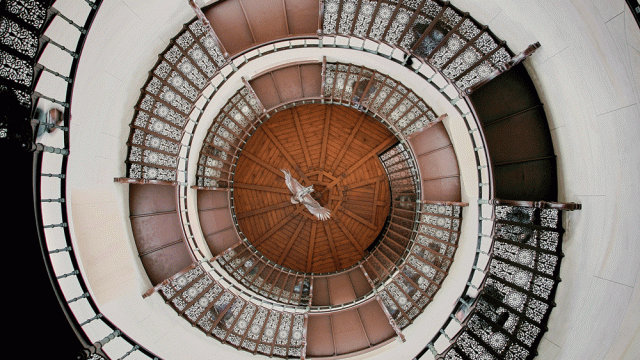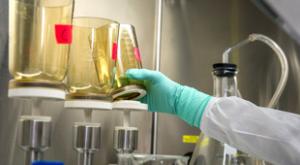Content by Harish Jose

Tue, 02/11/2025 - 12:03
Today I’m looking at the free energy principle (FEP) by the British neuroscientist Karl Friston. The FEP basically states that to resist the natural tendency to disorder, adaptive agents must minimize surprise. This has implications for the gemba,…
Wed, 01/22/2025 - 00:01
In this article, I’m exploring complexity through the lens of George Spencer-Brown’s Laws of Form (Cognizer Co., 1994). This philosophical and mathematical treatise explores the foundations of logic and mathematics via a unique symbolic system.…
Mon, 11/11/2024 - 12:03
In this article, I look at the idea of “sweeping-in” in systems approach. Sweeping-in can be described as the process of opening up the inquiry of a system by expanding its boundaries. Philosopher and systems scientist C. West Churchman discussed…
Mon, 10/21/2024 - 12:02
In this article, I’m looking at Weber’s Law. It’s named after Ernst Heinrich Weber (1795–1878), a German physician who was one of the pioneers of experimental psychology. I highly recommend the Numberphile YouTube video that explains this in detail…
Tue, 08/13/2024 - 12:02
Recently, I wrote about the process capability index and tolerance interval. Here, I’m writing about the relationship between the process capability index and sigma. The sigma number here relates to how many standard deviations the process window…
Tue, 07/02/2024 - 12:03
I have always been interested in the idea of autonomy in a social setting. In this article, I’m looking at autonomy in a social setting—such as an organization—from a cybernetics viewpoint. I’ll lean on the ideas of Heinz von Foerster and Stafford…
Tue, 05/07/2024 - 12:03
In this article, I’m looking at the relationship between capability index (Cpk or Ppk) and tolerance intervals. The capability index is tied to the specification limits, and tying this to the tolerance interval enables us to use the confidence/…
Mon, 10/16/2023 - 12:03
Today I’m looking at some practical suggestions for reducing sample sizes for attribute testing. A sample is chosen to represent a population. The sample size should be sufficient to represent the population parameters such as mean and standard…
Mon, 08/28/2023 - 12:03
The success run theorem is one of the most common statistical rationales for sample sizes used for attribute data.
It goes in the form of:
Having zero failures out of 22 samples, we can be 90% confident that the process is at least 90% reliable (or…
Wed, 05/24/2023 - 12:03
I’m looking at a topic in statistics. I’ve had a lot of feedback on one of my earlier posts on OC curves and how one can use them to generate a reliability/confidence statement based on sample size (n), and rejects (c). I provided an Excel…